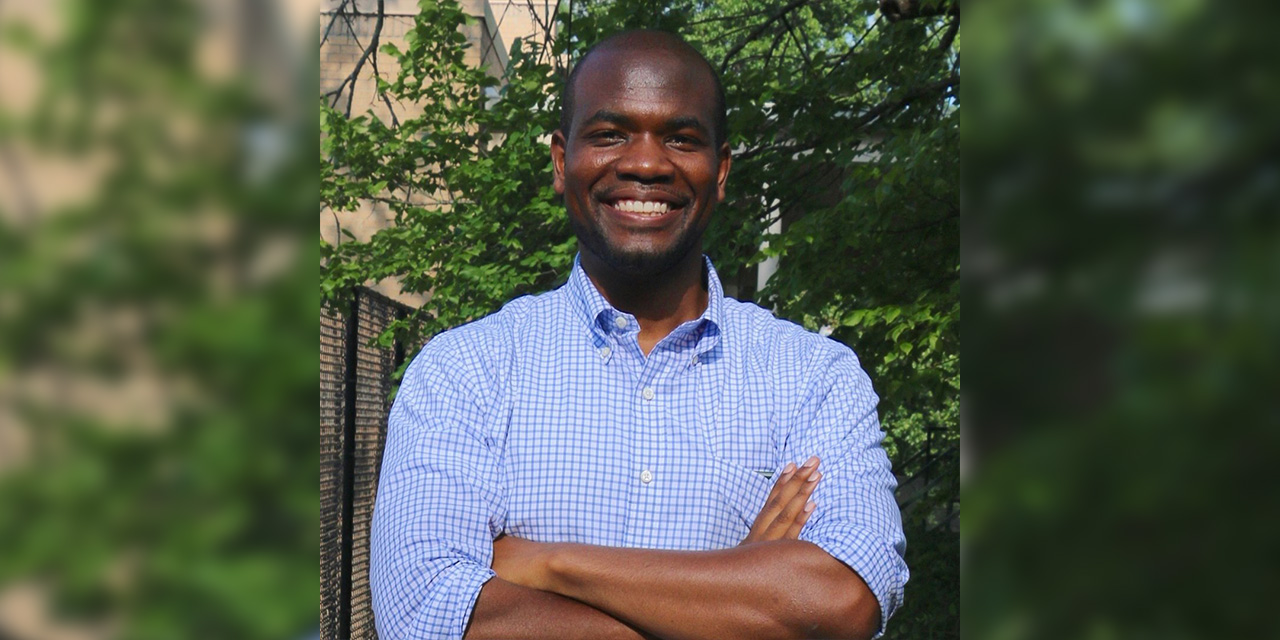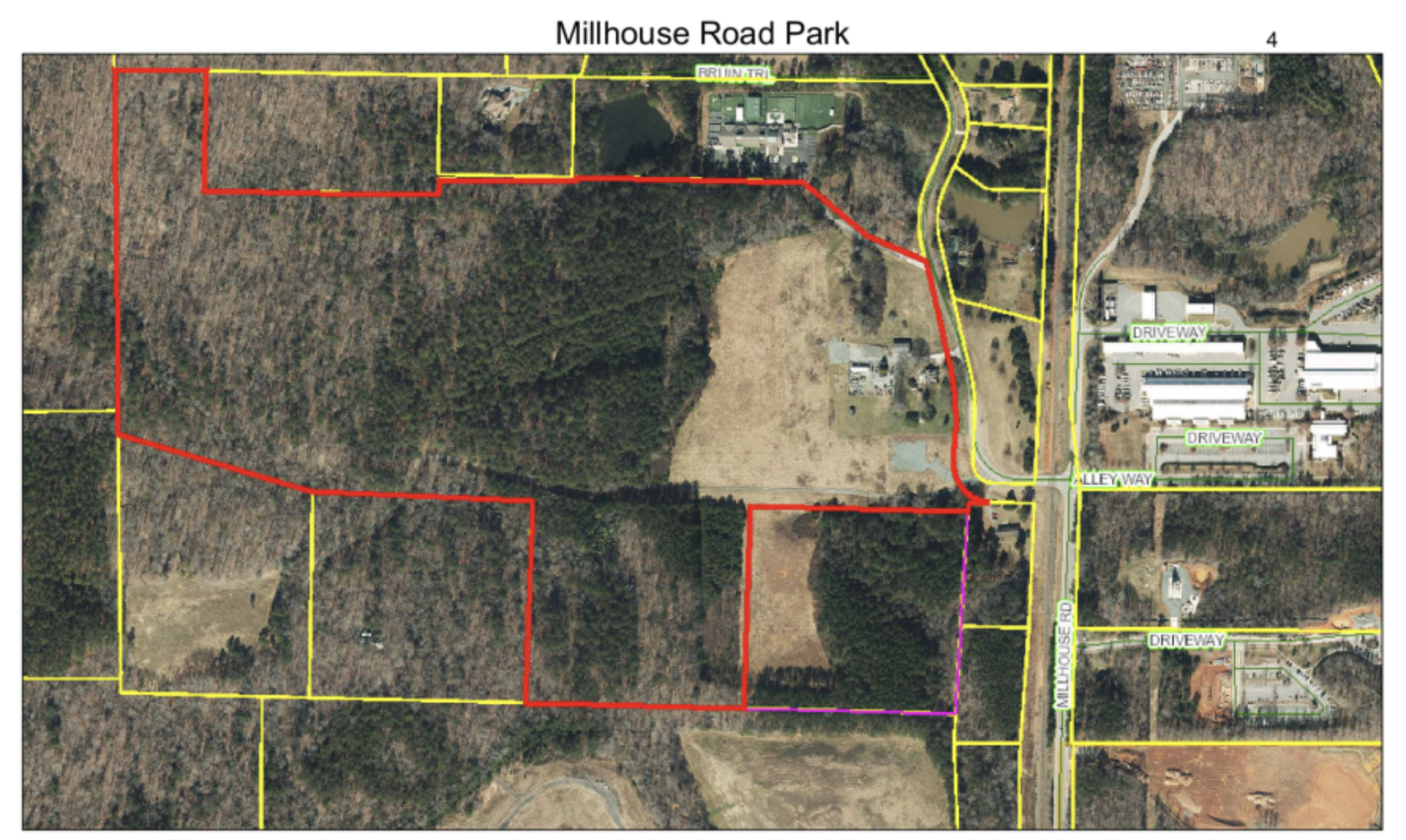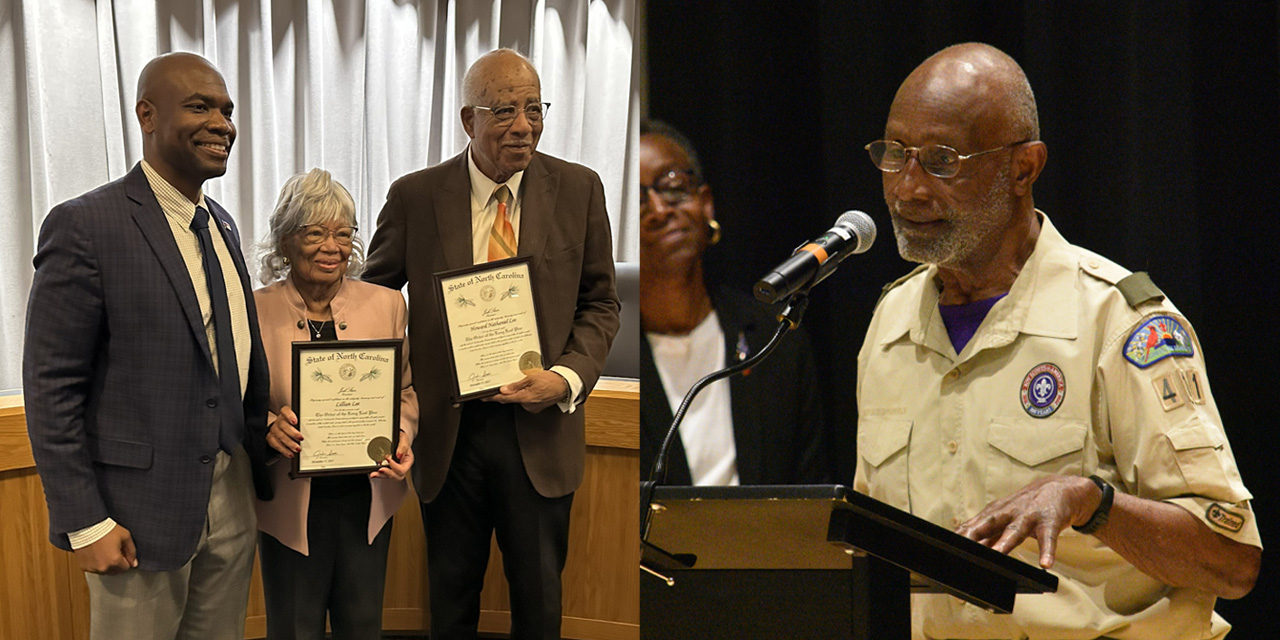Chapel Hill is one of two North Carolina municipalities to be selected for a multi-year planning process that helps North Carolina local governments successfully engage with foreign-born, refugee and Latinx residents. The Town Council was given a report regarding the project at last Wednesday’s meeting.
Office of Housing and Community assistant director Sarah Vinas said the Building Integrated Communities project, or BIC, aligns with Chapel Hill’s Comprehensive Plan goal of making Chapel Hill a place for everyone.
“Our community is diverse. Seventeen percent of Chapel Hill residents are foreign born. That’s about 10,000 residents,” said Vinas.
Siler City is the other municipality involved in this statewide community planning initiative that is based at the Institute for the State of the Americas and the Center for Global Initiatives at UNC. Principal investigator for the project at UNC Dr. Hannah Gill says the two-year project is currently at the end of phase one of the three-phase project.
“We’re concluding a community assessment to understand the experiences of foreign born residents in Chapel Hill,” said Gill. “As part of this assessment, we’ve reviewed existing data and reports for the school system, local government, county health department, local organizations that work with immigrants and refugees and also the university and research that has been conducted there.”
Gill said that their community assessment included interviews with foreign born residents and the staff of local organizations, conducting surveys with local refugee organizations and analyzing oral histories of immigrant residents of Chapel Hill from the New Roots Oral History initiative at UNC.
The project is in the middle of holding more public meetings for foreign-born residents. As of Wednesday, two public meetings had been held in the Seymour Senior Center and the public library with 105 foreign born residents in attendance having the opportunity to speak with Chapel Hill Mayor Pam Hemminger and other elected officials. Another meeting was held last Thursday night.
“They got very enthusiastic response from participants. Many ovations, lots of applause, people were thrilled just to have their elected officials participate in these kinds of meetings,” said Gill.
According to Gill, seven different languages are spoken at the public meetings.
“To make them language accessible, we’ve sought out bilingual facilitators who conduct the meeting in the residents’ native language and many of these facilitators are immigrants themselves, trained in facility and note-taking skills, and I should point out that we are really fortunate to have so many talented and knowledgeable foreign-born residents right here in Chapel Hill,” said Gill.
Council members praised the initiative for both providing language access and offering child care during the meetings to expand the reach of residents able to participate. Gill says the next step will be preparing a report based on findings and then moving on to phase two action planning, creating strategies to improve newcomer integration and phase three implementation phase.
“The committee will collaborate with you, local officials to enact the action plans that they’ve developed and we will also prepare a full evaluation plan for the town to measure the impacts of the strategies in the future,” said Gill.
For more information, visit the initiatives’ web page.
Related Stories
‹
![]()
Food Banks Step Up, But Need Help - Dec. 9, 2025The Hill's Andrew Stuckey speaks with CORA's Melissa Driver Beard, TABLE's Suzanne Tormollen, and PORCH's Erin Riney. They discuss the new challenges facing organizations battling food insecurity in our community, and the sense that their role is becoming more permanent. They also discussed the specific challenges faced in our community around food insecurity, and what is needed to improve their effectiveness. They also talked about the sea-change moment when SNAP benefits were withheld during the government shutdown, and more.
![]()
Interpreting the Legality of Federal Immigration Operations — Dec. 8, 2025The Hill's Andrew Stuckey speaks with Chapel Hill Immigration Attorney Chris Barnes and University of North Carolina Law Professor Rick Su on Monday, December 8. They discuss the specific implications of federal immigration enforcement actions in the Triangle region in November. They also discuss the larger legal ramifications of recent immigration enforcement, both in national politics and as it affects people locally. They share insights on the current legal question marks surrounding immigration in the United States, talk about who is affected most by these policies, what they expect to see in 2026, and more.

Rep. Allen Buansi Seeks Third Term in N.C. House to Represent Chapel Hill, CarrboroNorth Carolina District 56 Rep. Allen Buansi is seeking a third full term in the state house, announcing he will run for re-election in 2026.
![]()
The Morning News: Sheriff Roberson Not Running for Reelection, Basketball at KentuckyHill’s Andrew Stuckey fills in for Aaron Keck with the morning news. In this edition of the news, we learn the results of the first day of the filing period for 2026 elections. Highlights included Chatham County Sheriff Mike Roberson deciding to not run for reelection and instead pursue a seat on the Chatham County Board of Commissioners. We check the candidates in Orange County, hear from Jamezetta Bedford on her decision to run for reelection, and more. In Sports, the men's basketball team gears up for a high profile trip to Lexington to face Kentucky, several athletes earn individual accolades, and more.
![]()
The Morning News: Political Conversations, Downtown Pittsboro, Football Season EndsHill's Andrew Stuckey fills in for Aaron Keck with the morning news. In this edition of the news, we check the local government meeting schedule, learn about some feedback opportunities for Pittsboro residents, hear about an organization fostering difficult political conversations in person, and more. In sports, the UNC Football team's season comes to an end, and more.

Soccer Fields and Open Space: Orange County Explores Potential Uses for Millhouse Road SiteOrange County is starting to make headway on a piece of land it has owned for two decades along Millhouse Road.
![]()
The Morning News: Education, Health Care, ThanksgivingThe Hill's Andrew Stuckey fills in for Aaron Keck, presenting the morning news. In this edition of the news, we hear from U.S. Rep. Valerie Foushee on Health Care. We hear from State Superintendent Mo Green on improving education. We hear from Carolina Connection on students celebrating Thanksgiving locally. In sports, the UNC Men's Basketball team got a win last night, and both they and the women's team play games on Thanksgiving. We also check the rest of the UNC sports schedule, and more.

Thanksgiving Holiday to Affect Local Government Services in Orange County (2025)Thanksgiving will fall on Thursday, November 27 this year, and the holiday will affect several local government services around the Orange County community. Here’s a rundown of what residents can expect: Town of Chapel Hill Thursday, November 27 and Friday, November 28 are both town holidays. Residential trash collection will not be affected. However, there […]
![]()
The Morning News: Chatham Park South Village, Honey Against Hunger, Basketball PreviewThe Hill's Andrew Stuckey fills in for Aaron Keck with the morning news. In this edition of the news, we take a deep dive on the Chatham Park South Village Small Area Plan with the Pittsboro Board of Commissioners. We hear a Carolina Connection story on the beekeeping club at UNC working against food insecurity. In sports, UNC Women's Soccer has their season end in the round of 16, basketball gears up after a week off, and more.

Chapel Hill-Carrboro Icons Howard and Lillian Lee, Braxton Foushee Granted Statewide HonorThree groundbreaking Black local leaders saw their years of service awarded by being inducted into the Order of The Long Leaf Pine
›






